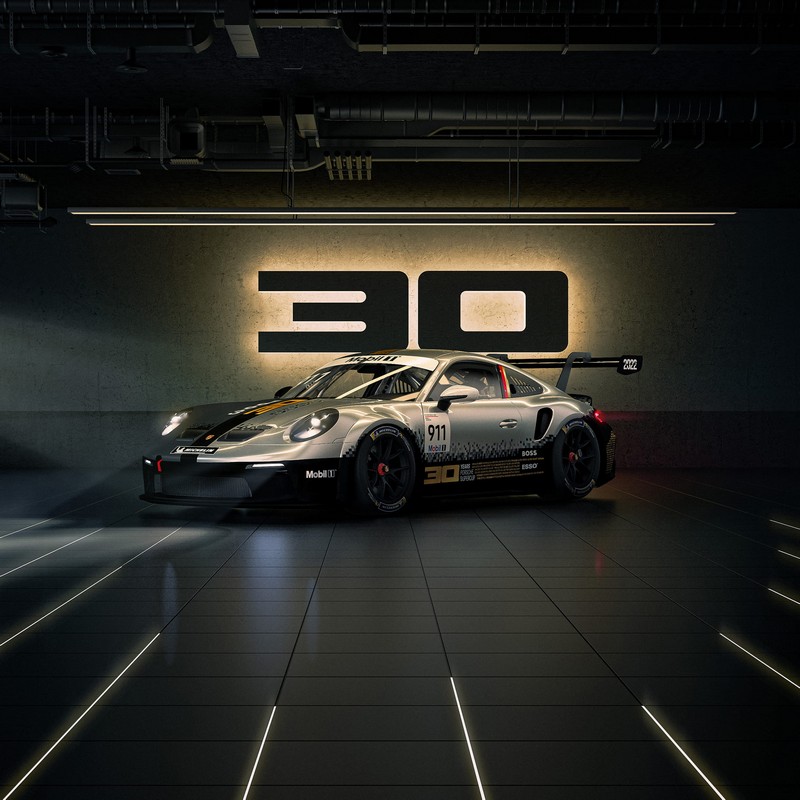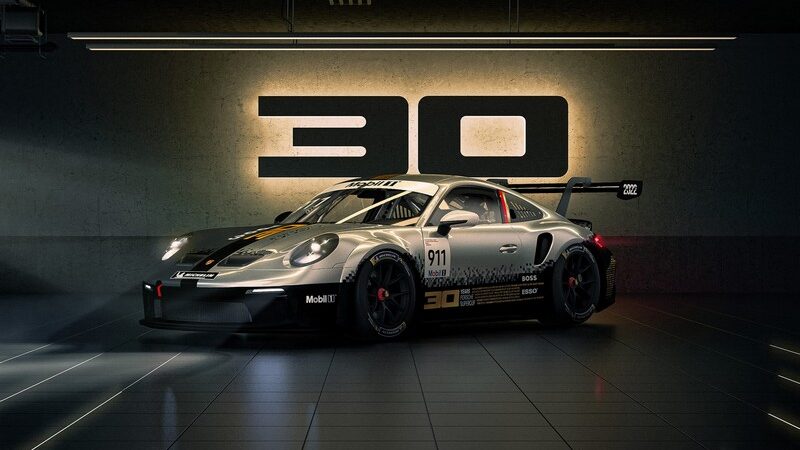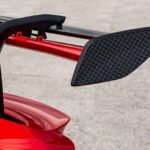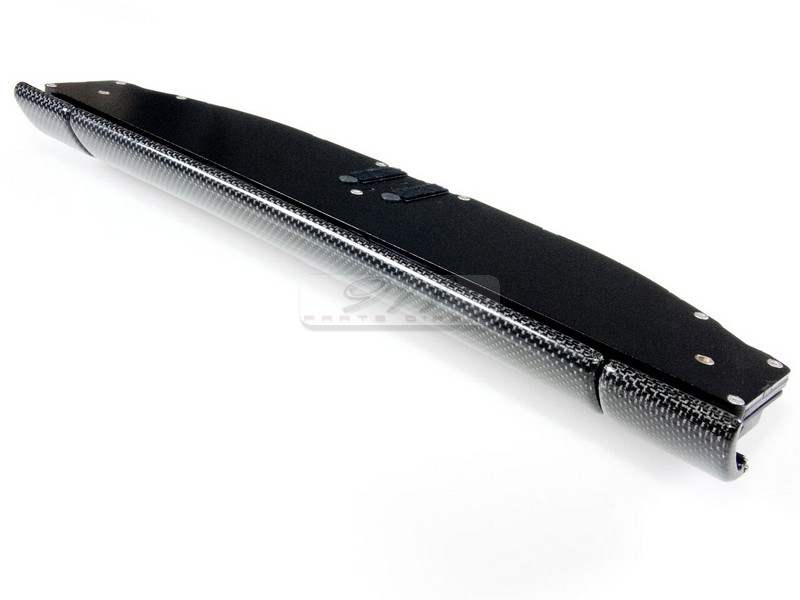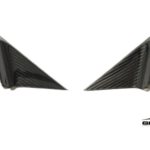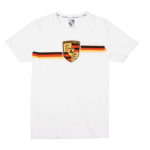Competition cars are just as important to the history and DNA of Porsche as their street cars. While the automaker has a long history of endurance and rally racing, they’ve found much of their success over the past two decades in GT racing, and it’s likely that most younger enthusiasts most associate them with this class of racing. The posterchild of these efforts, going all the way back to the turn of the century and the 996 chassis, is the iconic 911 RSR.
While the technology built into these stunning cars has naturally evolved quite dramatically over the years, the core concepts haven’t been altered much. Highly engineered bodywork designed for maximum aerodynamics, large wings and diffusers, light weight, and Porsche’s iconic flat-six motor are all things that make the RSR, and the rest of Porsche’s cup cars, so immediately recognizable.
The latest, and arguably greatest, generation of the RSR was based on the previous 991 platform, and achieved a double victory in their class at the 2018 24 Hours of Lemans endurance race. It also won the FIA’s World Endurance Championship in that same season. With the advent of the new 992 generation of 911s hitting the streets in 2019, fans of both the marque and cup racing in general have anxiously awaited for a glimpse at the next generation of Porsche racer. Finally, that 992-generation, GT3-based Cup car has seen daylight… and already managed to put a few wins its belt.
Stunning Aesthetics
Well, it’s really no surprise that the new GT3 Cup is a looker, just like all of its older siblings. To meet homologation standards for racing, it’s based on the civilian GT3, and keeps a few of the styling cues of the civilian model. Namely, the “shark nose” vents on the front hood, the large air intakes forward of the rear wheel wells, and the new gooseneck rear wing design that was a crowning achievement of the 992 GT3 when it was unveiled. This wing design, when paired with the larger front splitter, enables the GT3 Cup to achieve higher speeds in the twisties than previous cars.
Other than those features, nearly everything else has been changed to accomplish a singular goal – to win races. You’ll notice that the wheel wells have been widened even more, ostensibly to include the larger-size tires that these race cars sport (which have been up to 3” wider than the road cars on previous generations). The car also sports the iconic Porsche GT wheel and tire combination, and features a handsome centerlock nut in an accent color to provide a nice pop of color to the otherwise solid-black wheel setup.
Race Interior
The GT3 Cup is a purebred race car, and while its interior is appointed as such, it doesn’t look quite as spartan as those of years gone by. A full-glass display can be customized to the preferences of the driver, and a handsome carbon-fiber racing wheel serves as the focal point of the cockpit. The steering wheel sports all of the controls necessary for quick adjustments on the fly, and a vertical bank of additional switches lies on the dash to the right of the gauge cluster. Porsche also will allow drivers, owners, and teams to customize aspects of the “seating position.” Another quirk of these race cars is that while the seat is bolted into place, the pedal box and steering wheel are adjustable to conform to the needs of the driver.
Go-Fast Parts
Perhaps the most interesting features of the GT3 Cup are those that can’t be seen from a walkaround, and that includes the numbers. Here they are: The 4.0L, naturally-aspirated six-cylinder puts out 510 horsepower at a screaming 8,400 rpm, combined with 347 lb-ft of torque at about two thousand rpms less. The redline on the motor is an insane 9,500 rpm, and the sound emanating from the race exhaust at that point is best described as “otherworldly.” Weight has increased slightly to 2,778 pounds, most of which come from additional safety features for race use.
The large gooseneck wing, and all other aerodynamic elements of the car, are all adjustable depending on the nature of the track and weather conditions. This generation of the Cup car also features what Porsche refers to as a “double-wishbone front axle,” which has the interesting effect of making the track of the car 18mm wider in the front than it is in the rear.
Alternative Fuels
Additionally, the 992 is designed to run on eFuels and perhaps serve as an unofficial test bed for this technology, which foreshadows its adoption into road cars. What are eFuels? In essence, that’s a catch-all used to refer to cutting-edge biofuels that are currently in development; the current blend is largely synthesized from food waste, courtesy of oil giant ExxonMobil. This technology looks poised to stretch out the sunset for the internal combustion engine just a little bit longer, even as governments around the world look to wean themselves off of petroleum products. The 110-liter fuel tank works out to about 30 gallons and is on par with other endurance racing vehicles.
A Worthy Successor
The new 911 GT3 Cup clearly has massive shoes to fill, but it certainly looks the part, and if Porsche’s test drivers are to be believed, this may be the greatest Porsche cup car yet. It’s got all the presence and gravitas of the old RSRsm with the best equipment the Weissach plant can shoehorn into it. You can catch it on the Nordschleife at the 24 Hours of Nurburgring, or in the Porsche Mobil 1 Supercup Series, or heck, even buy one for yourself for the surprisingly reasonable price (well, for a purebred race car) of around $330,000.
